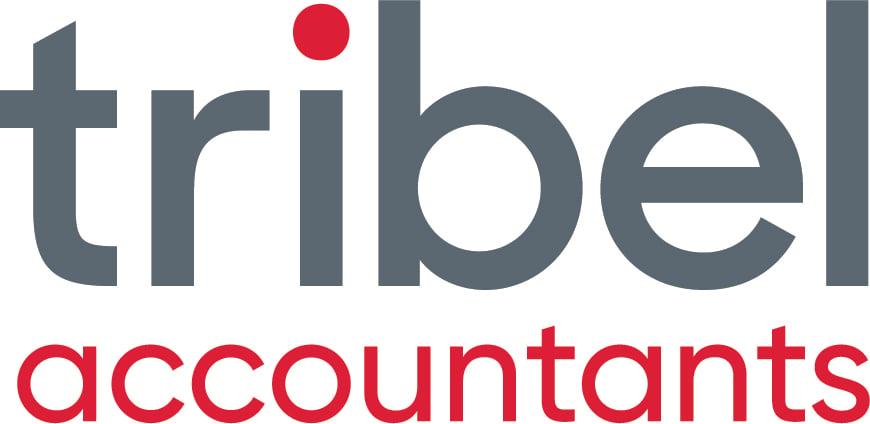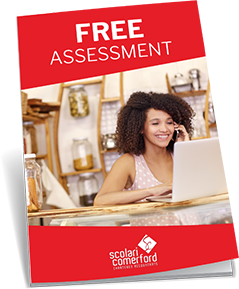INTRODUCTION:
There is nothing worse than having to worry about customers who fixate on price. You have the product, you know it's better than your competitors, you have the point of difference but it's still not enough! Associate Professor Marco Bertini at London Business School recently posted an article in HBR which dealt with some very interesting strategies to overcome this problem.
Getting the right price will not only maximise sales, it will also maximise gross profit margins and profits which can then lead to increased cash flow. As small business accountants Sydney & Dubbo, this is what we aspire for all our clients to have and is a common conundrum we have to face with them.
Here is a brief summary of what he thinks should be considered.

Figure 1: How do you price your goods or services? Photo courtesy Lara Scolari Gallery Balmain
1. Revise Your Pricing Structure
Goodyear tyres for many years had an innovative brand that would last longer than its competitors but the message was not getting through to customers who still looked at the price. The company then decided to look at their various tyres and put beside them the estimated number of miles each tyre would last for and priced these accordingly. This did the trick! Sales for the dearer option increased dramatically as customers could now clearly see why it was they would pay for more than the others.
Pfizer Poultry Health started to offer inoculations by the egg and General Electric changed its engine pricing to power by the hour. All of these pricing methods set them apart from the competition. A car insurance company did away with risk and started pricing by amount of miles driven each year. Again this led to spike in sales.
You need to establish the benefits of your price structure and align it with value.
2. Willful Overpricing Strategy To Attract Attention
Sometimes putting a very high price premium invokes curiosity so that customers wish to find out why it is so expensive and that it must be good! If your prices are all about the same as everybody else, if you are say 20-30% dearer, most times you will get a number of customers who will wish to know more and why.
London Business School did a very interesting study on price premiums.

This study shows that you can't go too silly but if you overprice by 50%-80% you will get attention for all the right reasons.
3. Use Price Partitioning
Price partitioning is breaking down and itemising a product or service with a value for each component other than doing an all inclusive price. What this does is provde detail as to why something might be priced the way it is and highlights overlooked benefits.
Research shows that this can work and that a customer will revise a routine consumption behaviour.
It will only work when it gets customers to see a real benefit that they might have overlooked if it was not broken down. Of course this can also encourage resentment if small fees here and there are put in which offer little benefit in the customer's eyes.
4. Price Point To Customise
Another strategy is to have a single price point but have many options to choose from which suits the customer best. Swatch did this in the 1980's by having just the one price $40 but had so many different styles. This stopped customers from being worried about price but being more worried about which watched looked best on them!
CONCLUSION:
Being small business advisors, we often see clients stress about pricing for fear of losing customers and the inclination is to want to discount without really thinking things through. It pays to consider the above strategies and use them as what-ifs when performing your cash flow forecasts at the start of each year.
You may not implement any of these strategies but at least have a conversation with your sales and marketing teams and you might just come up with a pricing winner!



.png?width=100&height=100&name=COVID_Safe_Badge_Digital%20(002).png)



